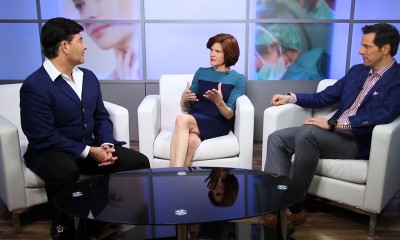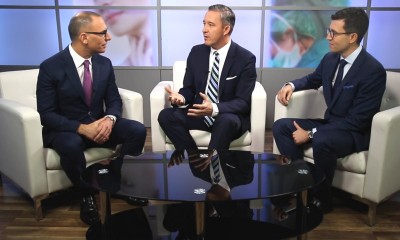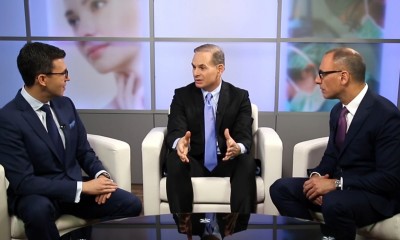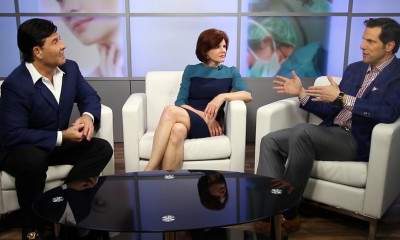
The mark of gravity and time can be seen as women’s breasts slowly begin to descend downward. Often times it’s pregnancy or breast feeding that contribute to the breasts losing their shape and support. Whatever the cause, plastic surgeons will typically perform a mastopexy, or breast lift procedure, to lift the breasts back to where they once were. In the mastopexy procedure, surgeons remove a bit of stretched skin and tighten everything up, but the skin that remains to hold up the breast is the same that has been stretched out for years.
Over the past few years scientists have designed new materials to basically act as an internal support system, releasing the skin from support duty in the hope of giving patients a more long-lasting result. One of these new materials is called GalaFLEX® from Galatea. GalaFLEX mesh is an FDA cleared product for soft tissue reinforcement in plastic and reconstructive surgery. It is a surgical scaf old made from poly-4-hydroxybutyrate, which is a normal component of human connective tissue. It acts as a mesh screen that supports the breast and is eventually absorbed into the body, leaving new, fresh tissue to take over and provide support.
Drs. Richard Baxter of Seattle and Bruce Van Natta of Indianapolis, two board certified plastic surgeons who perform breasts lifts often, discuss the implications of devices like GalaFLEX and how these types of materials can provide better results for patients.
By Richard Baxter, MD and Bruce Van Natta, MD
and Adam McMillon
The Plastic Surgery Channel
Long-Term Breast Lift Results
One of the difficulties of a breast lift procedure is having to rely on the skin to support the breasts. Even though the excess is removed, what’s left will still have to hold the weight. “One of the most frustrating things as surgeons is when we perform a really nice breast lift and the results look great, but gravity eventually takes over,” says Dr. Van Natta. “We haven’t really had anything to fix that problem.”
“Long-term breast lift results can be frustrating for us and our patients as well because of the relapse,” says Dr. Baxter. “I think the problem relates to the fact that we’re working on tissues that have already been stretched out. So we’re counting on those same tissues to support the lift that we do. The idea of adding something to that, adding some internal support with some new materials on the market, is a really compelling idea.”
“I think, too, what’s exciting is that these materials are not permanent,” says Van Natta. “These meshes are absorbed by the body, but leave the body’s own tissue, which turns out to be much stronger than normal. The early results are very exciting.”
While early results are indeed promising, long-term results will be the convincing factor. “We’re looking for long-term data as well to support these conclusions. They’re naturally derived, they’re slowly absorbed by the body, and as they disappear, they’re replaced by the body’s own collagen.”
Dr. Van Natta agrees. “It’s an exciting time for us as surgeons, and really that translates to patients as well. They will get the benefit, hopefully, when the data comes in over a long-term study on internal bras. You know you think about it, what do bras do? They lift and shape, and that’s exactly what these new devices do.”
















Facebook
Twitter
Instagram
YouTube
RSS